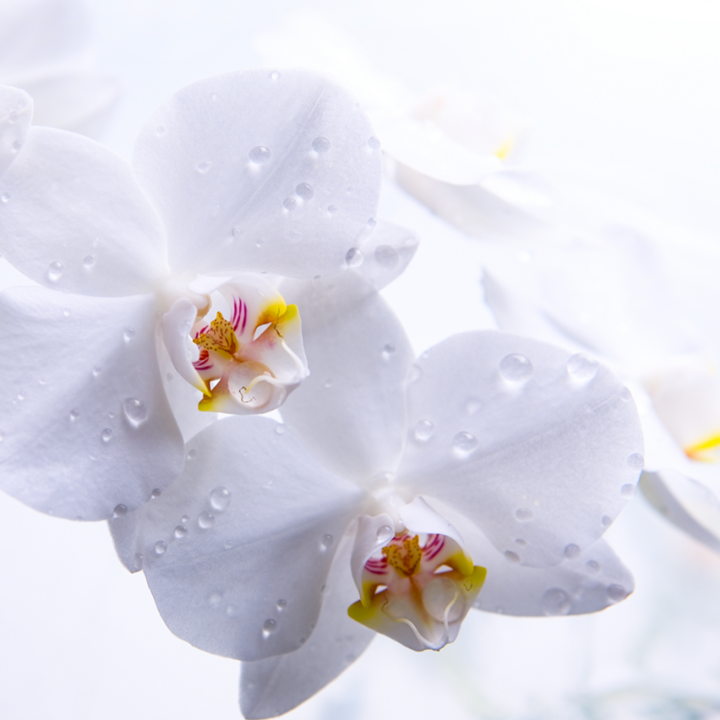
Orchids, with their fragrant and vibrant blooms, make a graceful and welcoming edition to our homes, however they can become susceptible to certain diseases.
Thankfully, there are a number of ways to treat these complaints, ensuring your potted flowers endure a long and healthy lifespan.
Is your Phalaenopsis orchid sick?
First things first, in order to establish whether your orchid has a disease, you need to know what to look for.
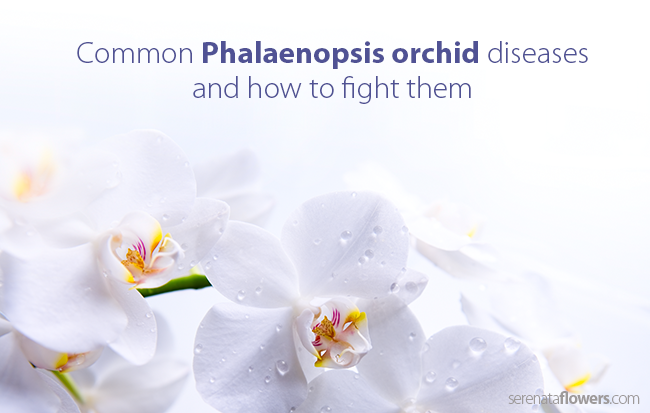
Cymbidium Mosaic Virus and Odontoglossum Ringspot Virus
Both of these ailments are two different types of orchid diseases.
If you notice streaking or discoloration on the flower of your orchid, then it’s likely suffering from Cymbidium Mosaic Virus.
Similarly, if you notice spotting, discoloration, and distortion on the leaves, then Odontoglossum Ringspot Virus is most likely the cause.
Unfortunately, both of these viral infections have no known cure, so if you do spot any of the above, it’s a good idea to remove the plant as soon as possible, to avoid the virus spreading to any of your other of your orchids.
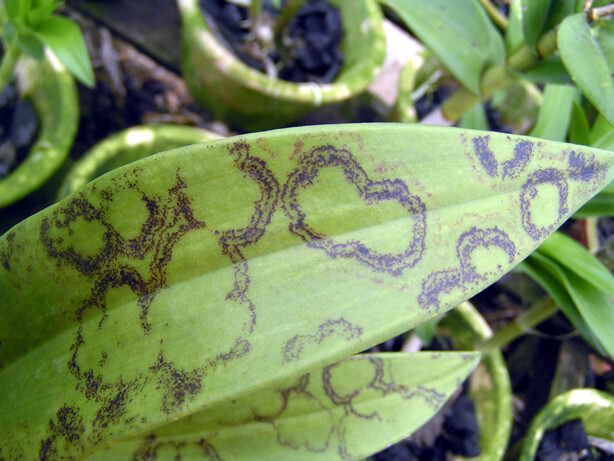
Black Rot
Black Rot is a particularly infectious disease.
If your orchid is suffering from this ailment, you won’t be able to miss it as it turns parts of the orchid black. The disease usually affects the leaves, shoots, or roots and can spread at a surprisingly quick rate; this is especially the case when temperatures are high. Thankfully, if you catch this disease quickly enough, it is curable.
To treat black rot, simply eradicate the diseased tissue with a sterile tool, and treat with a fungicide spray, which should be applied directly to the area you’ve removed.
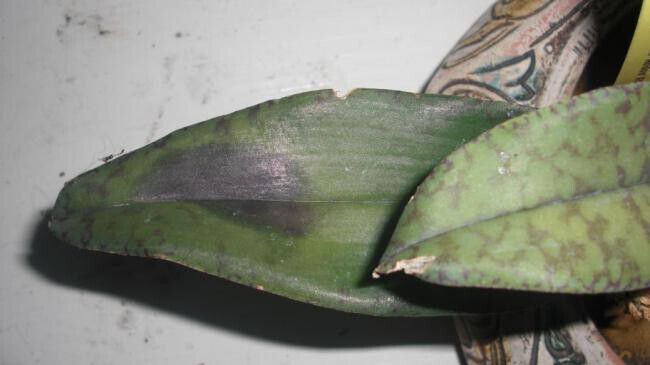
Bacterial Brown Spot
This bacterial disease appears on the orchid leaves and resembles small blister-like spots.
If left untreated, these spots will eventually turn a shade of brown and begin to ooze an infectious liquid. If left undetected, this disease can have detrimental effects. If you notice symptoms similar to those caused by Bacterial Brown Spot, you will need to cut out the infected area using a sterilised instrument.
You will then need to spray the affected area with Physan 20 or Phyton 27. If you’re struggling to find either of these treatments, you can always use common household products such as Listerine or cinnamon.
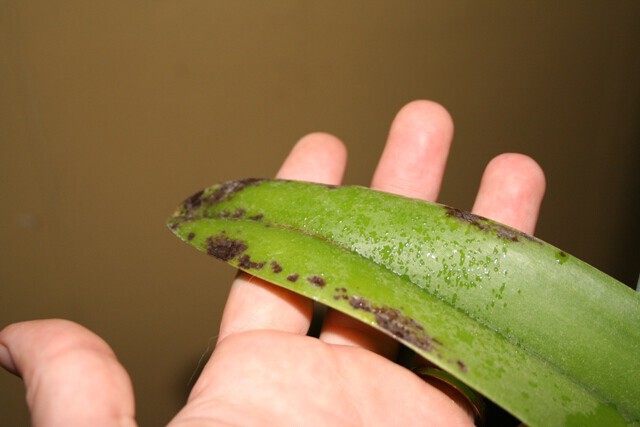
Botrytis
This fungal disease affects the flowers of the orchid.
If your plant is suffering from Botrytis, you’ll begin to see little black or light brown spots on the orchid’s flowers. To stop this disease from spreading, remove any wilted blooms and again, spray the affected area with a fungicide.
The main cause of this disease is moisture – after watering your orchid, droplets of water are often left on the flowers, which encourages Botrytis.

Collar Rot
Often referred to as ‘Southern Blight’, this disease is not a very pleasant one and causes the speedy collapse and rotting of the roots.
You’ll certainly know if your orchid is suffering from such an ailment as the base of the plant will turn a distasteful creamy yellow colour, whilst other affected areas will begin to turn a shade of brown.
Detect this disease in its early stages and your orchid can be nursed back to health by removing the affected areas with a disinfected instrument and spraying them with a fungicide.
To prevent this from happening, always avoid placing your orchid in a warm, humid environment.
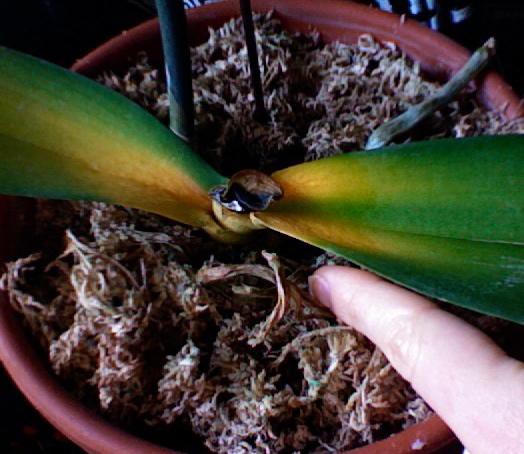
Tips to note if you wish to ensure the happiness of your orchid
Orchids have long been a symbol of elegance, beauty and love. To ensure your orchid stays happy and healthy, it’s important to check for any diseases regularly.
Orchids are fairly sturdy plants and can be nursed back to health quite easily, providing problems are detected early. By inspecting your orchid on a regular basis, you’ll ensure your plant blooms as opposed to fades. When trying to save your diseased plant, there are a number of tips you should follow. For example, it’s vital to never cut into a healthy area when trying to remove an infected area, as this will cause the disease to spread even further.
It’s also a good idea to learn a little more about orchids in general, such as where to keep your plant, what to feed it and what to avoid.
If you’re willing to give your orchid the love it deserves, it will blossom brightly for you, each and every year.
At SerenataFlowers.com you can order from a wide range of not just Phalaenopsis orchids in pink, white and yellow shades. Free delivery is applicable throughout the UK from Monday to Sunday.